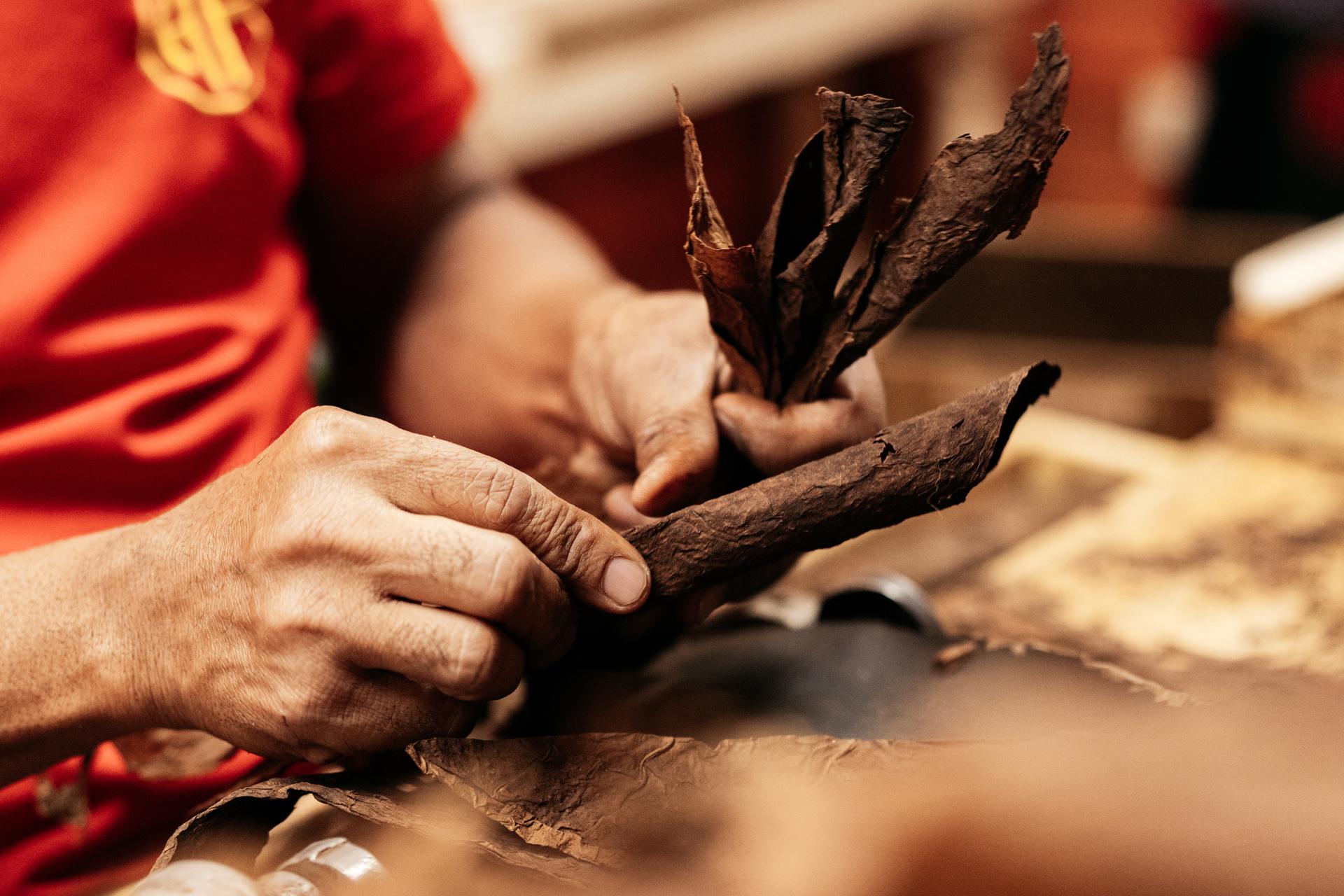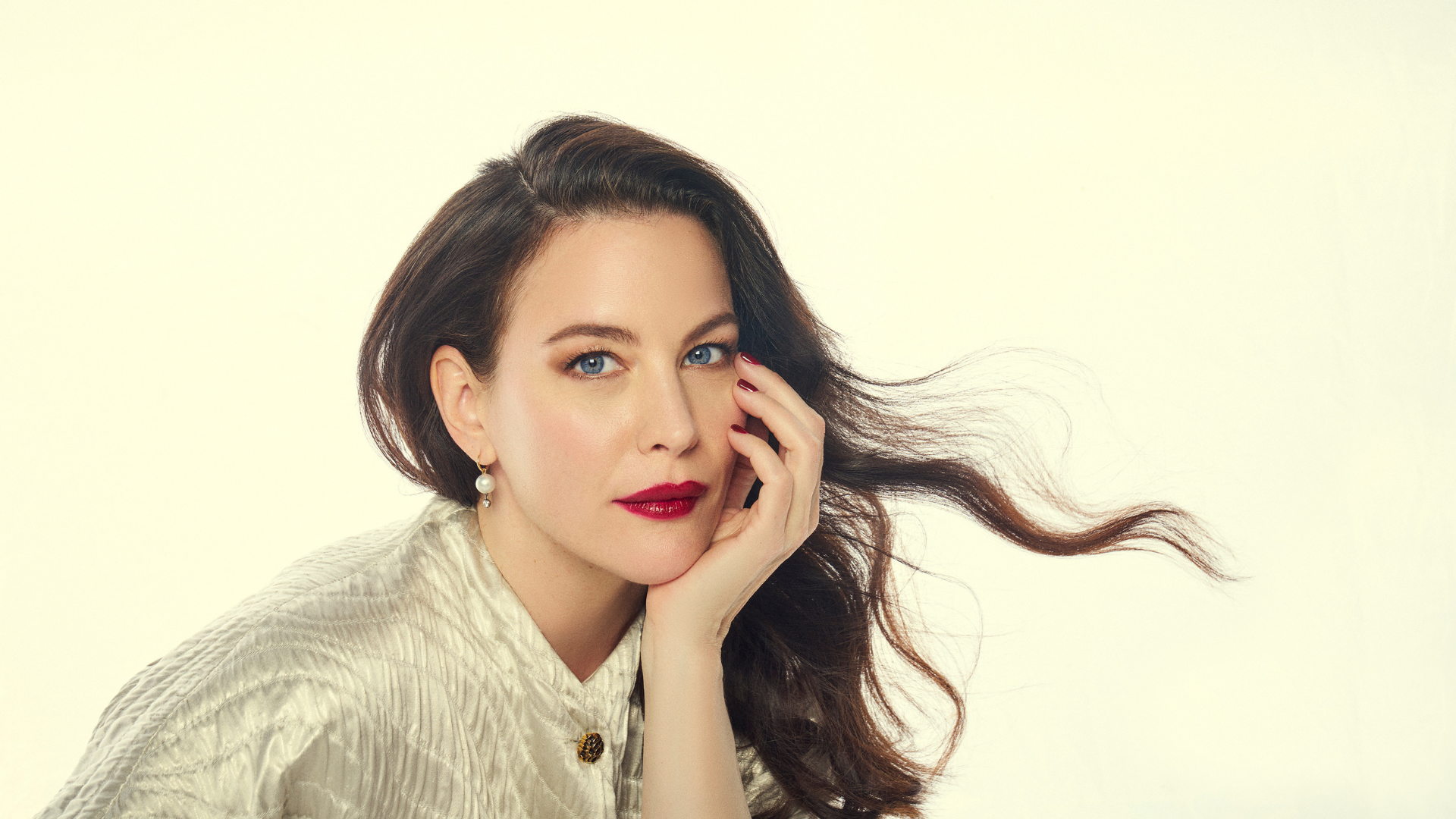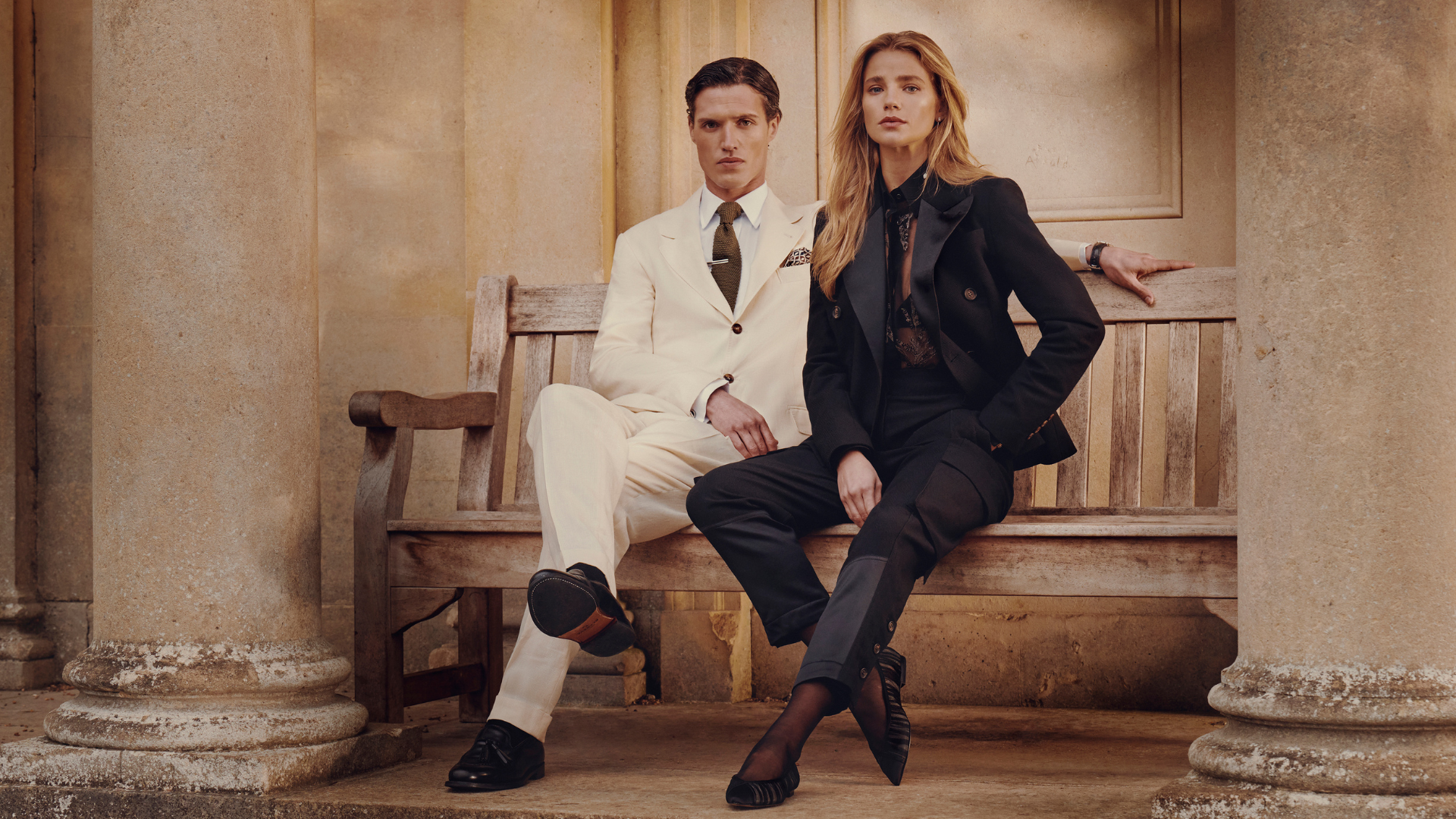Carlito's Way: Arturo Fuente x Hublot
‘I believe in the Dominican Republic — it is the Dubai of the Caribbean.’ That is the unmistakable voice — and vision — of Carlos Fuentes Jr. ‘Carlito’ has helped transform education and opportunity in the D.R., writes ROBIN SWITHINBANK, and now, in collaboration with Hublot, the world’s most successful cigar maker is turning his attention to the arts.

On one of the gentle slopes that define the Chateau de la Fuente estate, where the ‘Rosada’ wrapper leaves of the Arturo Fuente OpusX cigar grow, there is a gathering of large stones. Not quite rocks, small boulders more like, arranged into a shape that commands no obvious definition. Each is painted. Those around the edge are enamel white, and among them are others painted blue, yellow, red, black and cream, coming together in the unmistakable figure of Snow White, portrayed with her head tilted gently to one side as she tends to a flock of small animals.
“My mother was Snow White to me,” Carlos Fuente Jr. explains to the 75-or-so-strong crowd assembled under an open-sided rotunda on the estate, surrounded by the Dominican Republic’s Bonao mountains. His voice pitches with emotion. “She used to feed squirrels from her hands. Even though some people may imagine that the cigar industry is a man’s world, it’s not.”
Carlito, as the third-generation owner of the Arturo Fuente cigar company is known, is 70 years old. The grandson of the Cuban emigré and founder, Arturo Fuente, has transformed the business he and his father brought to the Dominican Republic in 1980. Today it employs around 3,000 people — a great many of them women — making some 36m cigars a year, including the fabled OpusX, the first Dominican puro (a cigar with filler, binder and wrapper leaves grown in one country), now widely considered one of the world’s greatest cigars.


Carlito has an evangelistic quality. In what he calls his 'Cuban Uniform', few could play him as he does himself.




Carlito’s charisma, not to mention his cigars, has won him legion admirers. Last year, Cigar Aficionado named the Fuente Fuente OpusX Reserva d’Chateau its cigar of the year. Thirteen years ago, his profile brought him to the attention of Hublot, the luxury Swiss watchmakers. The duo have been releasing collaboration watches ever since. That is partly why we’re here. The day before our visit to Chateau de la Fuente, our troupe — mostly Hublot customers — had been introduced to the sixth limited-edition watch produced in collaboration between the two companies. The Hublot Classic Fusion Chronograph Arturo Fuente King Gold marks the 25th anniversary of OpusX, distinguished by its smoky, or fumé, green dial, tobacco-leaf bezel engravings, and the cigar’s unmistakable X logo on one of the sub-dials. Only 50 will be made.
Recent successes have brought the Fuente family untold riches. But it wasn’t always so. In 1979, the Fuentes’ Nicaraguan cigar- making facility was burned to the ground during the Nicaraguan revolution. Carlito and his father, Carlos Fuente Sr., had arrived in the Dominican Republic with a vision that Carlito remembers others telling them was “impossible” — namely, to produce that first Dominican puro. “They said it couldn’t be done,” Carlito says of his Dominican wrapper, the cover leaf that gives the OpusX its flavour. The rich timbre of his voice reverberates around the rotunda, from where a view of the estate unfolds. “Yet little by little, what people thought was impossible became one of the most famous brands,” he continues. “A dream, a miracle happened.” Dotted about the estate are signs reading, ‘Birthplace of a dream’.
There is an evangelistic, almost messianic, quality to Carlito. Born in Tampa, Florida, where the company was founded in 1912, he has the forceful, gravelly inflections of a Latino-American movie mobster. In his ‘Cuban uniform’ — as he calls it — of green and black Cuban shirt with monogrammed gold button cuffs, patent black shoes and Panama hat, few could play him as he does himself. His words
are exercised as they fire from under a black pencil moustache, laden with quivering passion as he recounts the story of his family business. He makes frequent references to his grandparents, his parents, and the love that binds them all together (Snow White is flanked by stones painted red and arranged as a heart), a reference he returns to without ever drawing obvious comparisons with his cigars. In Santiago, to the north, where the cigars are rolled in a factory alive with salsa music, he has installed a replica of the family’s old tin- roofed home in Tampa, while his father’s 1980s yellowy Datsun, which once doubled as a vehicle for dried tobacco leaves, is parked in another exhibit as a reminder of the family’s humbler origins.




When he finishes speaking, he will fix his dark molasses eyes on those who approach him and offer sincere words of thanks and gratitude, before opening his arms in embrace. The emotion and almost cult-like personality he carries (Carlito bobbleheads pepper every site we visit, and floor-to-ceiling images of him with his father decorate the walls) are compelling — contagious, even.
He’s put them to good use. It’s 33 years since the family first came to the Chateau de la Fuente site, and Carlito makes it clear that the manicured, palm-lined roads we came in on are a far cry from what he and his father found here. “When we came, there was no electricity or running water, no roads to get in or out,” he says, the emotion swelling again. “It was known as the most violent community in the Dominican Republic, where criminals used to hide. There was no law here. Children aged six or seven were looking for work. If they didn’t work, they didn’t eat. What kind of a life is that? What chances do those children have? We resolved to do something about it.”
In 2001 the Fuente family, together with family members of their American distributor, J.C. Newman Cigar Company, would found the Cigar Family Charitable Foundation. Three years later they laid the foundations for a school in the heart of the Chateau de la Fuente estate that would come to educate disadvantaged local children, from pre-school through high school. Later they would add a technical school, teaching subjects such as nursing and I.T. Carlito tells us 90 per cent of children educated there now go to university.
But the big impact, he says, is that when these Dominican students graduate from university, they come home, bringing their skills and qualifications with them. “We have university-graduated doctors, teachers, entrepreneurs
and architects,” he tells us, his patter accelerating. “Now they’re not getting on these little boats illegally to get to Puerto Rico or New York. When they graduate, they come back to the community. I’m not an educator or a social worker. The only reason I came here was to grow a certain leaf for a cigar. But I believe this is God’s work.”
He leads us to the foundation’s 36-acre campus, where we find freshly whitewashed buildings with hurricane-proof windows, a volleyball court and a baseball stadium replete with bleachers and a group of talented teenagers at practice. On site, there’s a clinic that provides healthcare to 1,500 local people every month.
Alongside Hublot’s outgoing chief executive, Ricardo Guadalupe, and his replacement, Julien Tornare, Carlito has brought us here to witness the opening of a new arts academy built with the Swiss company’s backing. A Catholic priest performs a ceremony of blessing at the entrance to a covered amphitheatre, and we’re encouraged to watch well-mannered, smiling children in smart red-and-white-checked uniforms perform in their new, light-filled ballet, art and music studios.
“We’re going to teach film production,” Carlito says. “When Andy Garcia came here to make The Lost City [the 2005 film about the Communist revolution in Cuba], he brought all the technicians from California, New York and Canada, because there was no talent here. We’re teaching people how to film, how to edit, how to do movie lighting. One day, and I won’t be around to see it, someone from this place will win an Oscar, or become a famous ballerina. I believe in the Dominican Republic. It’s the Dubai of the Caribbean. The change is here.”
I’m not an educator or a social worker. I came here to grow a certain cigar leaf. But I believe this is God’s work.
This isn’t wishful thinking. According to the World Bank, economic growth has tripled in the country over the past three decades, lifting 2.8m of the country’s 11.3m people out of poverty so that its middle classes now outnumber its poor. In 2024, the Dominican Republic’s economy was expected to grow a further 5.1 per cent, as the service, tourist and tobacco sectors continue to thrive.
Later that day, we’ll drive through the centre of the country’s capital, Santo Domingo, and, sure enough, the high-rise glass and steel towers are moving in, many filled with new hotel rooms to accommodate the tourist influx, while the main strip is lined with luxury brand retail stores to entertain them: Cartier, Louis Vuitton, Yves Saint Laurent, and so on.
After the foundation tour we retreat to the Hemingway House, a magnificent colonial-style building Carlito modelled on Ernest Hemingway’s Key West home. Beyond its verandas and green lawns, the building is surrounded by tobacco curing barns, stables, and even a flamingo pond. There, as a sumptuous lunch is laid on, I meet a couple of Carlito’s friends. “He’s amazing, isn’t he?” says one, rocking in an armchair while drawing on an OpusX. “He’s not doing any of this for himself, by the way. He’s doing it for the people. He loves people.”
Guadalupe remembers how the collaboration began. “Carlito said he didn’t want money, he wanted charity,” he says. “When you have success you must give it back. And every human must have the chance to be educated: no education, no future.”
The same friend picks up the thread, beyond Guadalupe’s ear. “What you saw today, those new buildings,” he says. “None of that would have been possible without Hublot.”
The future of Fuente will likely one day belong to Carlito’s children. Two of them are in attendance, Sofia and her younger brother Carlos, both in their mid twenties. Sofia returned to the family business two years ago, and like her brother seems intent on following in her father’s footsteps when the day comes that he’s ready to hand over the reins. Expansion continues, and later this year the company will open a factory in Nicaragua. But for Carlito, no matter the family’s Cuban ancestry, nor the business’s Floridian origins, the company will always be Dominican.
“The Dominican Republic gave my family, who came here after losing everything, the opportunity to be here and to grow a certain leaf at Chateau de la Fuente,” he says. “That leaf gave me the opportunity to create the most sought-after brand of cigars in modern history. But it also made me aware of the social needs of the country. We’re not only making cigars, we’re changing the world, one child at a time.”










